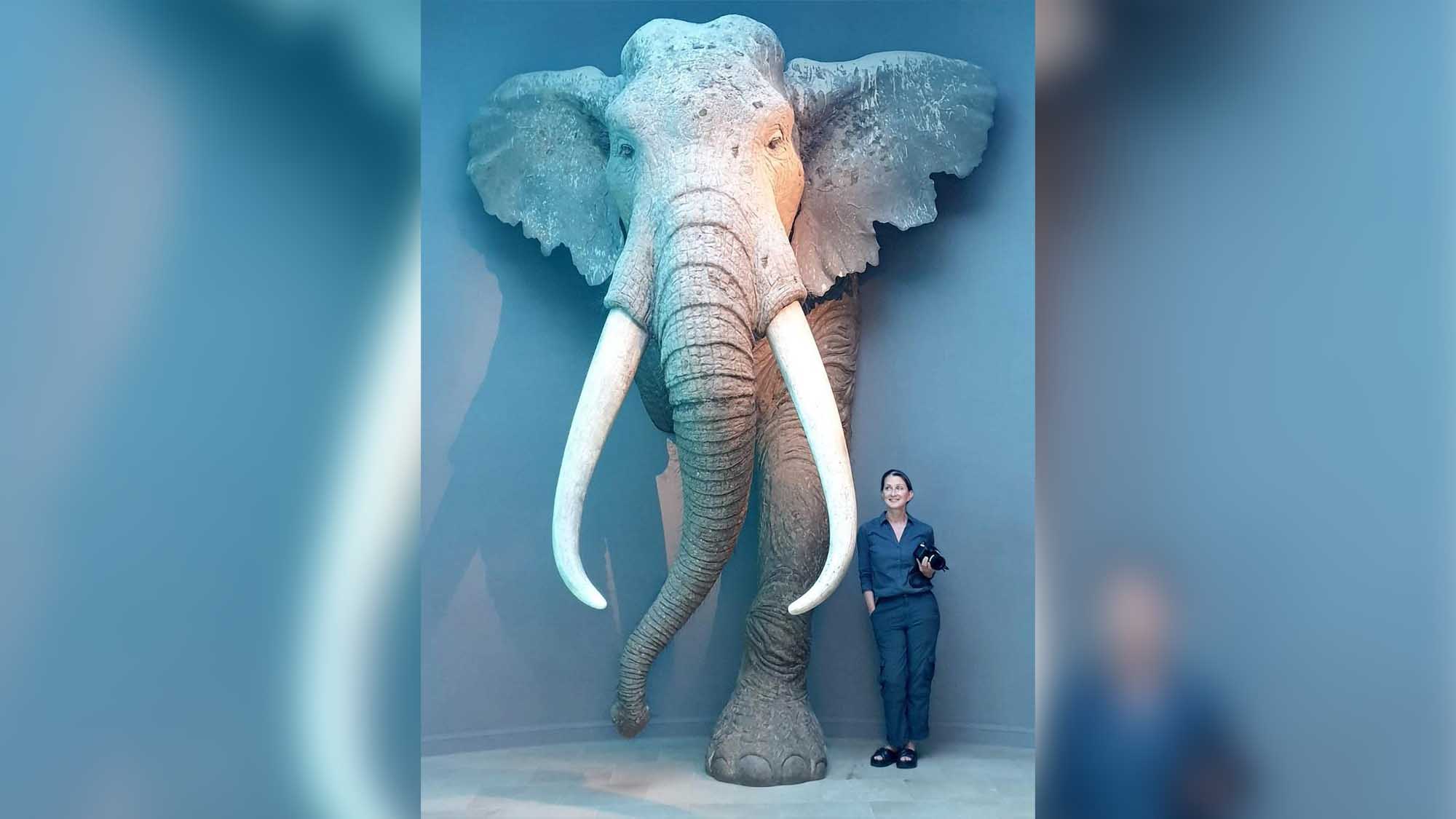Primitive human ancestors were skilled hunters tracking down and killing giant elephants for food 125,000 years ago, a new study has revealed.
The study of a pit containing animal remains at the Neanderthal Neumark-Nord site in Germany has shown how the 13-tonne beasts were stalked and butchered.
Neanderthals were so successful at hunting the huge tuskers that they may even have dried and preserved their meat for later.
The now-extinct European 14ft high straight-tusked elephants – three times the size of modern Indian elephants – were formidable prey with very long tusks.
But Neanderthal hunters had even worked out that it was safer to target males because they usually lived alone without the protection of a herd, says the study,
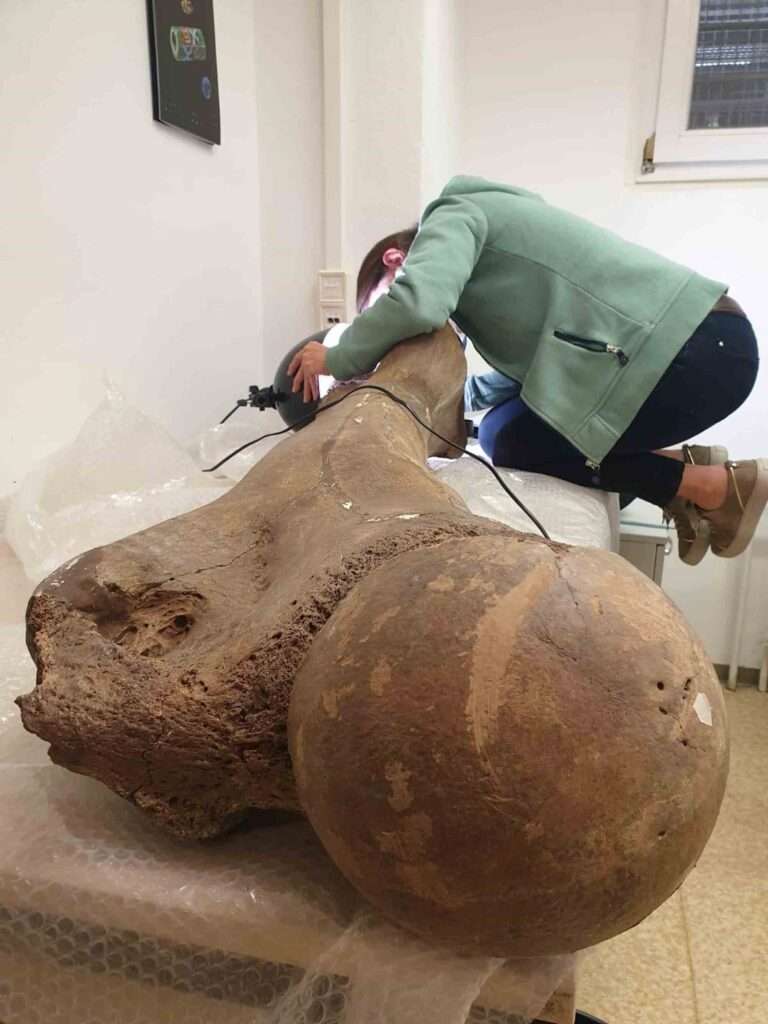
Newsflash obtained a statement from the Johannes Gutenberg University Mainz (JGU) on 1st February, saying the study is the “first indisputable proof of active hunting of elephants by early humans” and that the findings will “change our perception of Neanderthal lifeways”.
It explained: “Neanderthals deliberately hunted down and slaughtered European straight-tusked elephants, whose meat and fatty tissue represented an important source of nutrition.”
Until now, it was unclear if prehistoric early humans actively hunted the elephants – Palaeoloxodon antiquus – or simply scavenged from their carcasses.
The statement said that the experts carried out their study using “the world’s largest assemblage of European straight-tusked elephant remains.”
The study said: “Neanderthals came together – at least temporarily – in much larger social groups than had been previously assumed.”
The statement went on: “Palaeoloxodon antiquus roamed the landscapes of Europe and Western Asia in a period 800,000 to 100,000 years ago. It was the largest land mammal of the Pleistocene epoch, a period that began three million years ago.
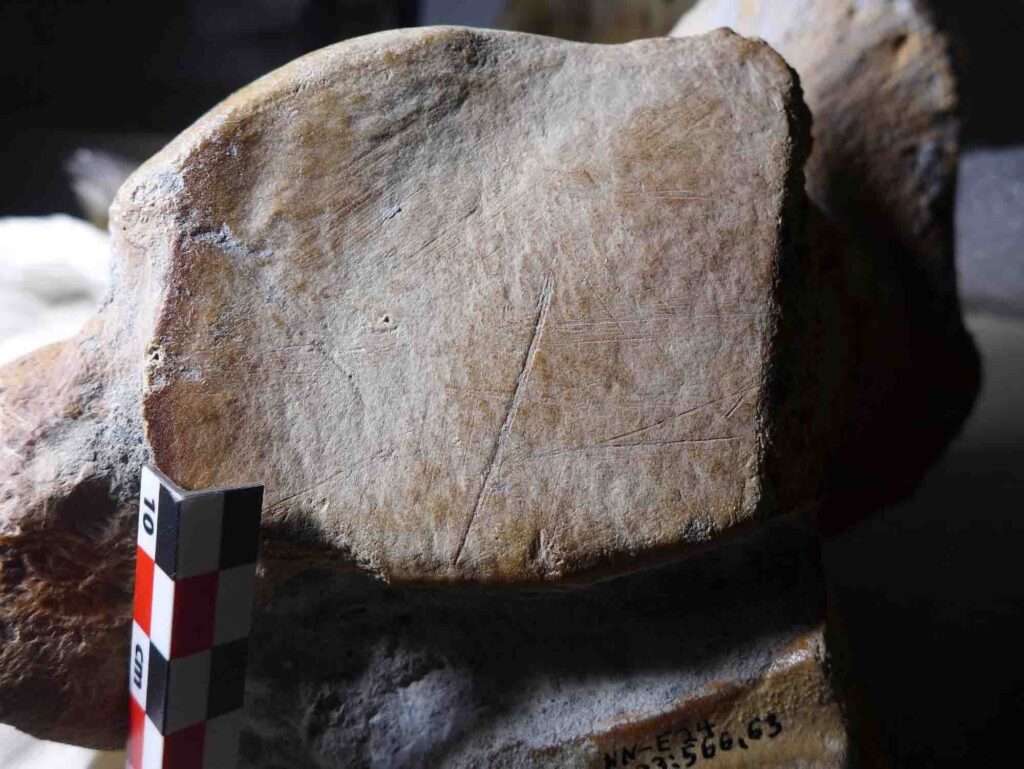
“Straight-tusked elephants were not only significantly larger than today’s African and Asian elephants, but were even bigger than the also extinct woolly mammoth.
“The remains of at least 70 straight-tusked elephants were uncovered in the 1980s and 1990s during excavations in a gigantic lignite pit in the vicinity of Halle.
“These remains had been well preserved over the last 125,000 years in the fine-grained lake sediments present here.”
The statement said that when Professor Sabine Gaudzinski-Windheuser began analysing the remains she immediately detected evidence of human hunting.
Gaudzinski-Windheuser – Professor of Prehistoric and Protohistoric Archaeology at JGU – said: “The detection of clear and unusual lesions in the bones induced us to undertake a more detailed analysis of the elephant remains.”
So the experts decided to analyse thousands of bones and bone fragments.
The statement said: “Unsurprisingly, this turned out to be a very time-consuming project. They were busy for months opening the large crates in which individual elephants are stored in the reserves of the State Museum of Prehistory in Halle, team-lifting the large and heavy bones to view their surfaces.
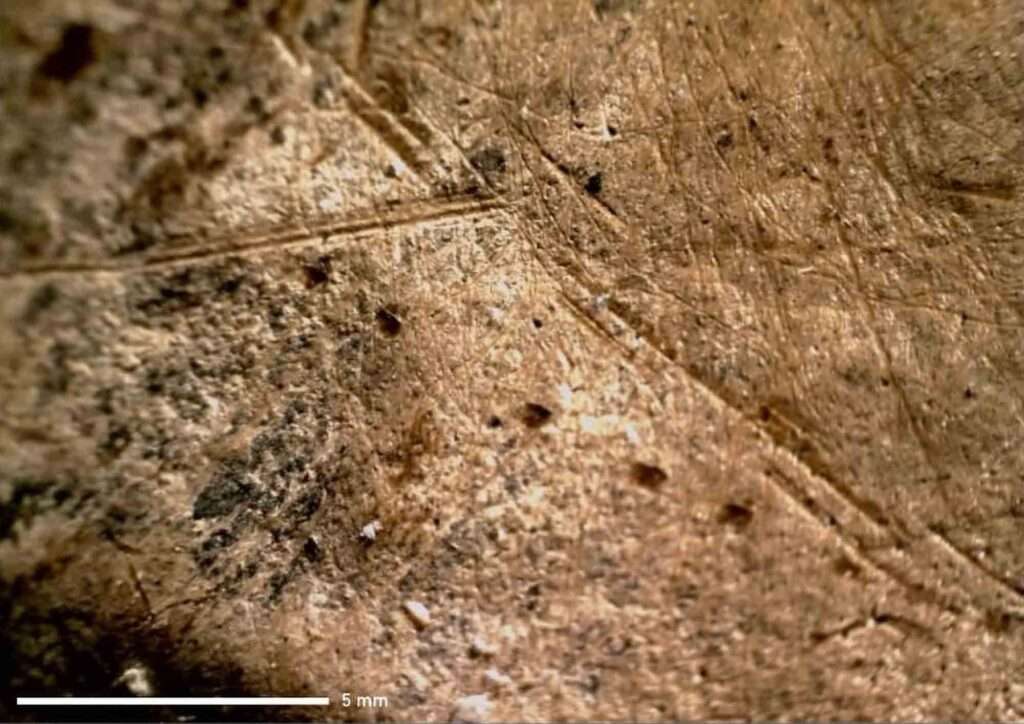
“They also had to handle every piece of bone, identify its location in the skeleton, locate anthropogenic and/or carnivore modifications, and document any apparent changes.”
One of the researchers, Dr Lutz Kindler, said: “In total, we looked at 3,122 faunal remains of European straight-tusked elephants that had been deposited at the Neumark-Nord site.”
The experts confirmed that “hunting of these Ice Age megafauna in this area continuously occurred over a period of 2,000 years, for dozens of generations”.
Professor Wil Roebroecks of Leiden University confirmed that the early humans appear to have hunted the large elephants for food, saying: “This constitutes the first clear-cut evidence of elephant hunting in human evolution.”
The statement added: “Adult male individuals, much larger than the females, are overrepresented in the assemblage, probably because, as with present-day elephants, male adult elephants kept to themselves. Compared to females, they were easier to approach closely without the protection of a herd. Since they were also much larger, hunting them would have yielded much higher returns, for significantly less risk.”
The experts said that this also sheds light on how the early humans worked as a team and that they might also have dried the elephant meat for long-time storage.
The statement said: “Hunting these large animals demanded close cooperation between the participating group members, just like prey processing, which entailed extensive butchering, including removing meat scraps from the long bones as well as the fat-rich foot cushions. Processing may also have entailed drying products for long-time storage.
The authors calculate that a ten tonnes elephant – not the largest one at Neumark-Nord – could have yielded a minimum of 2,500 adult Neanderthal rations of 4,000 kcals, consisting of a safe mixture of protein and fat from one animal only.
“These figures are important as they suggest that Neanderthals, at least temporarily, congregated in groups much larger than the about 25 individuals usually seen as the maximum size of a local group and/or that they had cultural means for large-scale food preservation and storage.
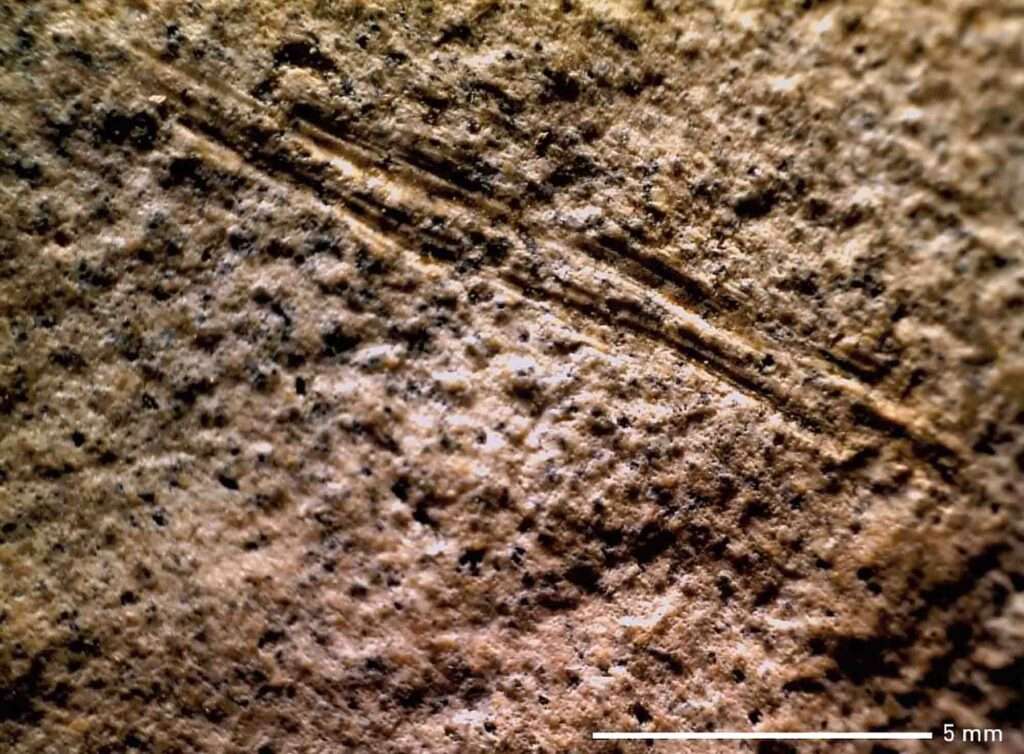
“The authors leave both options open, but emphasize that both are socially and cognitively important findings, which contribute significantly to our understanding of the range of variation in Neanderthal behaviour.”
The study was published in the academic journal Science Advances on 1st February under the title “Hunting and processing of straight-tusked elephants 125.000 years ago: Implications for Neanderthal behaviour”.
It was authored by Sabine Gaudzinski-Windheuser, Lutz Kindler, Katharine MacDonald, and Wil Roebroeks. The team of researchers are from the Johannes Gutenberg University Mainz (JGU), the Leibniz-Zentrum fuer Archaeologie (LEIZA), also based in Mainz, and Leiden University in the Netherlands.
To find out more about the author, editor or agency that supplied this story – please click below.
Story By: Joseph Golder, Sub-Editor: Marija Stojkoska, Agency: Newsflash
The Ananova page is created by and dedicated to professional, independent freelance journalists. It is a place for us to showcase our work. When our news is sold to our media partners, we will include the link here.

